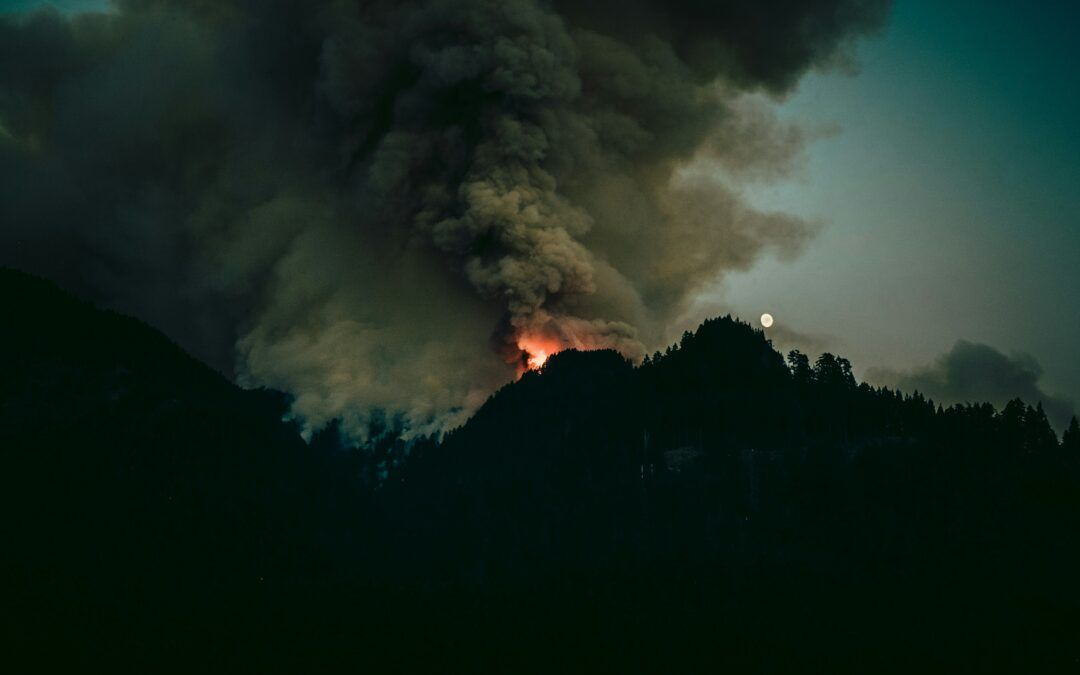Wildfires have become an increasingly common and devastating threat to communities worldwide. As climate change intensifies, so does the frequency and severity of these blazes, leaving destruction in their wake. While government agencies and professional firefighters are at the forefront of combating these fires, community involvement is essential to prevent and respond to wildfires effectively. Community service plays a crucial role in safeguarding our homes, natural habitats, and livelihoods, making it a powerful tool in the fight against wildfires.
The risk of wildfires is no longer limited to remote forests or arid regions; it has become a pressing concern for suburban and even urban areas. Factors such as prolonged droughts, rising temperatures, and changes in land use have made many regions more susceptible to wildfires. The impact of these fires extends far beyond the immediate flames, leading to the destruction of homes, loss of life, economic hardships, and long-term environmental damage. In the face of this growing threat, the role of community service in wildfire prevention and response has never been more critical.
Preventing wildfires starts with awareness and action at the local level. Community service initiatives can play a significant role in educating the public about fire safety and the importance of reducing fire hazards. Volunteers can organize and participate in educational campaigns that inform residents about how to create defensible spaces around their homes, such as clearing brush, trimming trees, and maintaining firebreaks. These simple yet effective measures can significantly reduce the risk of a wildfire spreading into residential areas.
Involving young people in wildfire prevention efforts is also vital. Schools, youth groups, and scouting organizations can incorporate wildfire education into their programs, teaching the next generation about the importance of fire safety and environmental stewardship. By engaging youth in community service projects focused on wildfire prevention, we can instill a sense of responsibility and empower them to take proactive steps in protecting their communities.
When wildfires do occur, the response often requires more resources than professional firefighters alone can provide, especially in rural and suburban areas. This is where volunteer firefighters become invaluable. These individuals, many of whom are members of the community, undergo training to serve as the first line of defense against wildfires. Their efforts are crucial in controlling fires before they spread out of control.
Beyond firefighting, community members can be trained to assist in various aspects of emergency response. Volunteers can help with evacuations, provide logistical support to professional firefighters, and aid in post-fire recovery efforts. Organizing local emergency preparedness drills and establishing communication networks are other ways community service can enhance wildfire response and resilience.
Engaging in community service related to wildfire prevention and response offers numerous benefits. For individuals, it provides an opportunity for personal growth, skill development, and a deep sense of purpose. Participating in these efforts can strengthen community bonds, foster a sense of unity, and create a shared responsibility for the safety of the environment and fellow residents.
Environmental stewardship is another significant benefit of involvement. By participating in wildfire prevention initiatives, volunteers contribute to the preservation of natural habitats and the protection of wildlife. Preventing wildfires not only safeguards human lives and property but also helps maintain the ecological balance of affected areas.
How to Get Started
For those interested in making a difference, there are many ways to get involved in wildfire prevention and response. Start by seeking out local volunteer firefighter organizations, which often welcome community members to join their ranks. Participate in community clean-up days aimed at reducing fire hazards, such as clearing overgrown vegetation or removing debris that could fuel a fire.
Training opportunities are also available for those who want to take on more active roles in emergency response or firefighting. Many communities offer workshops and certification programs that equip volunteers with the skills needed to effectively contribute to wildfire prevention and response efforts.
Success stories abound of communities that have successfully mobilized to prevent or combat wildfires through collective effort. These stories serve as a powerful reminder of what can be achieved when people come together to protect their homes and natural surroundings.
Wildfires pose a growing threat, but by engaging in community service, individuals can play a crucial role in mitigating this danger. Whether through education, prevention, or direct response, the contributions of volunteers are essential to safeguarding our communities from the ravages of wildfires. By getting involved, we can protect our homes, preserve our environment, and create a stronger, more resilient community for all.
Author: Pece Krstevski






